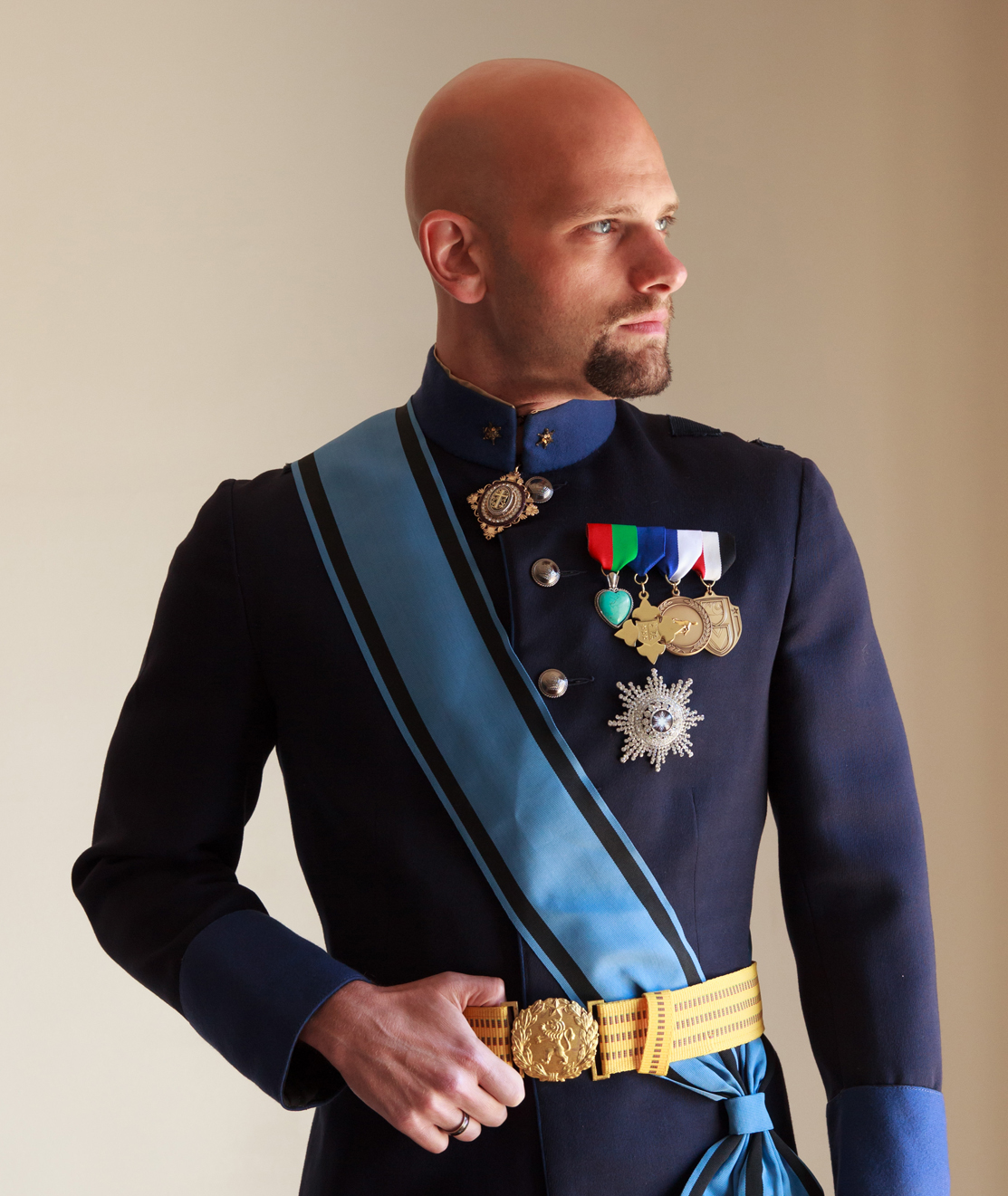Difference between revisions of "Template:POTD protected"
Westarctica (talk | contribs) |
Westarctica (talk | contribs) |
||
| (199 intermediate revisions by the same user not shown) | |||
| Line 1: | Line 1: | ||
{| role="presentation" style="margin:0 3px 3px; width:100%; text-align:left; background-color:transparent; border-collapse: collapse; " | {| role="presentation" style="margin:0 3px 3px; width:100%; text-align:left; background-color:transparent; border-collapse: collapse; " | ||
|style="padding:0 0.9em 0 0;" | [[File: | |style="padding:0 0.9em 0 0;" | [[File:Grand Duke Travis.jpg|300px|thumb]] | ||
|style="padding:0 6px 0 0"| | |style="padding:0 6px 0 0"| | ||
The '''[[ | The title '''[[Grand Duke of Westarctica]]''' was created by Travis McHenry in June 2004 as part of the transition of the [[Achaean Territory of Antarctica|Achaean Territory]] from a [[Micronations|new country project]] to a [[sovereignty|sovereign]] nation. The legal basis for the creation of the title is found in the [[Grand Ducal Mandate]], as well as the [[Achaean Royal Charter]]. | ||
<p><small>Photographer: | <p><small>Photographer: Gabriela Alvarez</small></p> | ||
[[:Category:Images|'''(More | [[:Category:Images|'''(More Images)''']] | ||
<div class="potd-recent" style="text-align:right;"> | <div class="potd-recent" style="text-align:right;"> | ||
Latest revision as of 17:42, 29 November 2025
|
The title Grand Duke of Westarctica was created by Travis McHenry in June 2004 as part of the transition of the Achaean Territory from a new country project to a sovereign nation. The legal basis for the creation of the title is found in the Grand Ducal Mandate, as well as the Achaean Royal Charter.
Photographer: Gabriela Alvarez |
